How AI and New Telescopes Could Uncover Alien Civilizations
For over 60 years, scientists have scoured the universe for signs of intelligent life. Despite their efforts, no convincing evidence has emerged.
However, the search is evolving, and scientists believe new technologies will transform our approach to finding alien civilizations.
Breakthrough Listen
Breakthrough Listen, the world’s largest program dedicated to finding alien civilizations, is leading the charge.
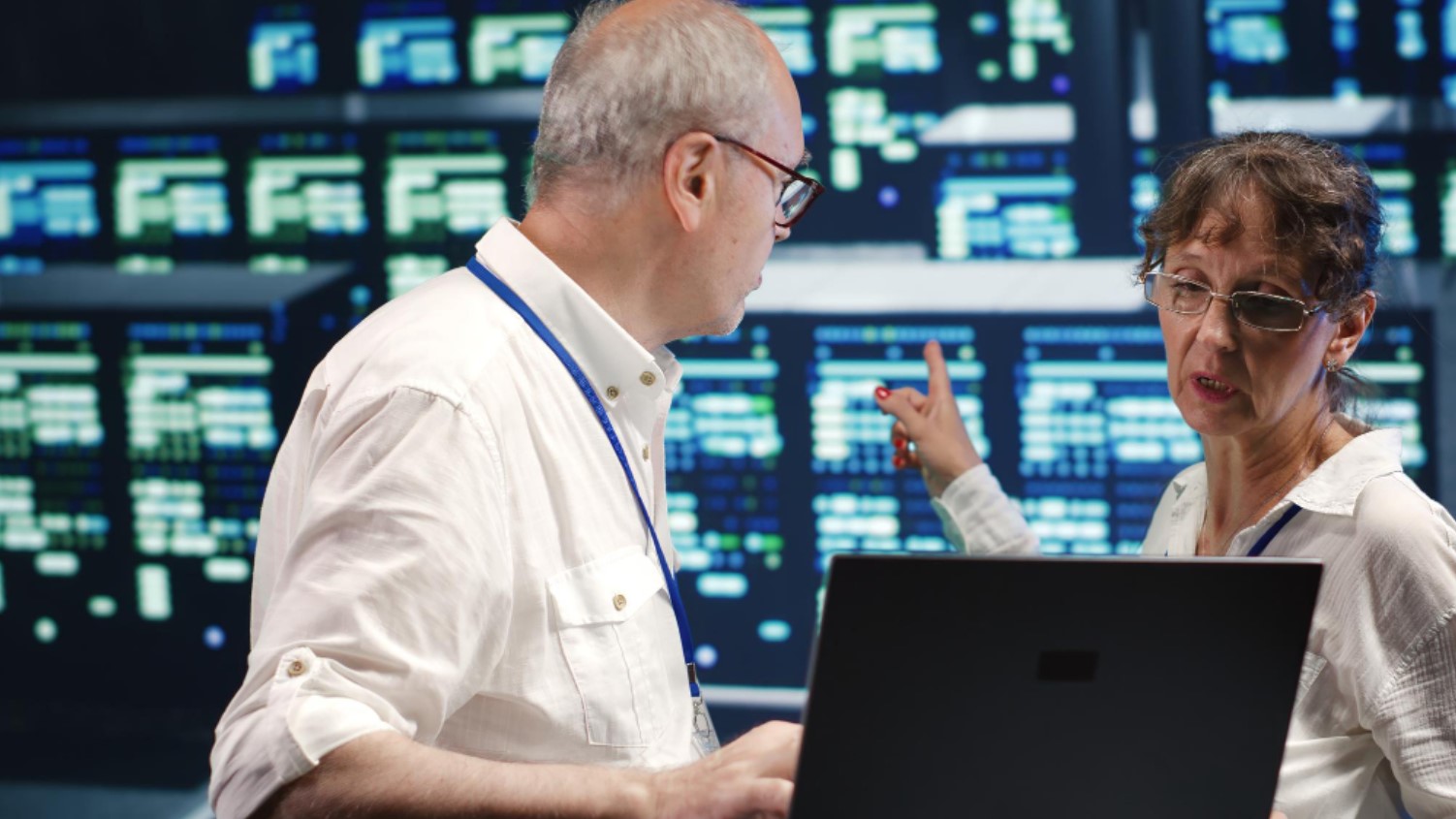
Source: Wikimedia
This program utilizes cutting-edge technology and is poised to revolutionize the search. Their annual conference in Oxford this week promises exciting updates.
The Role of AI in the Search
Artificial Intelligence (AI) is a game-changer in analyzing vast amounts of astronomical data.

Source: Freepik
Steve Croft, a project scientist with Breakthrough Listen, highlights that AI will help detect subtle patterns that indicate intelligent alien life.
Square Kilometre Array
The Square Kilometre Array, being built in South Africa and Australia, is set to become the world’s most powerful radio astronomy facility.

Source: Freepk
This array will detect faint signals from the cosmos, providing invaluable data for Breakthrough Listen’s mission.
Vera Rubin Observatory
The Vera Rubin Observatory in Chile will boast the world’s largest camera. Set to start operations in the next few years, it will image the entire visible sky every few nights.
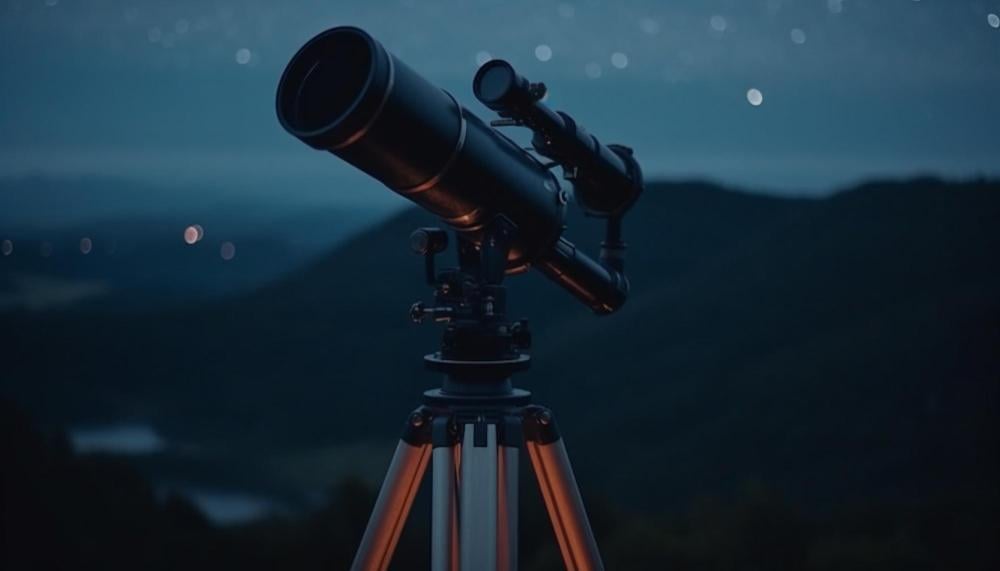
Source: Freepik
This observatory is expected to discover millions of new galaxies and stars.
Detecting Unintentional Signals
The new techniques will be sensitive enough to detect unintentional transmissions, such as alien airport radar or TV transmitters.
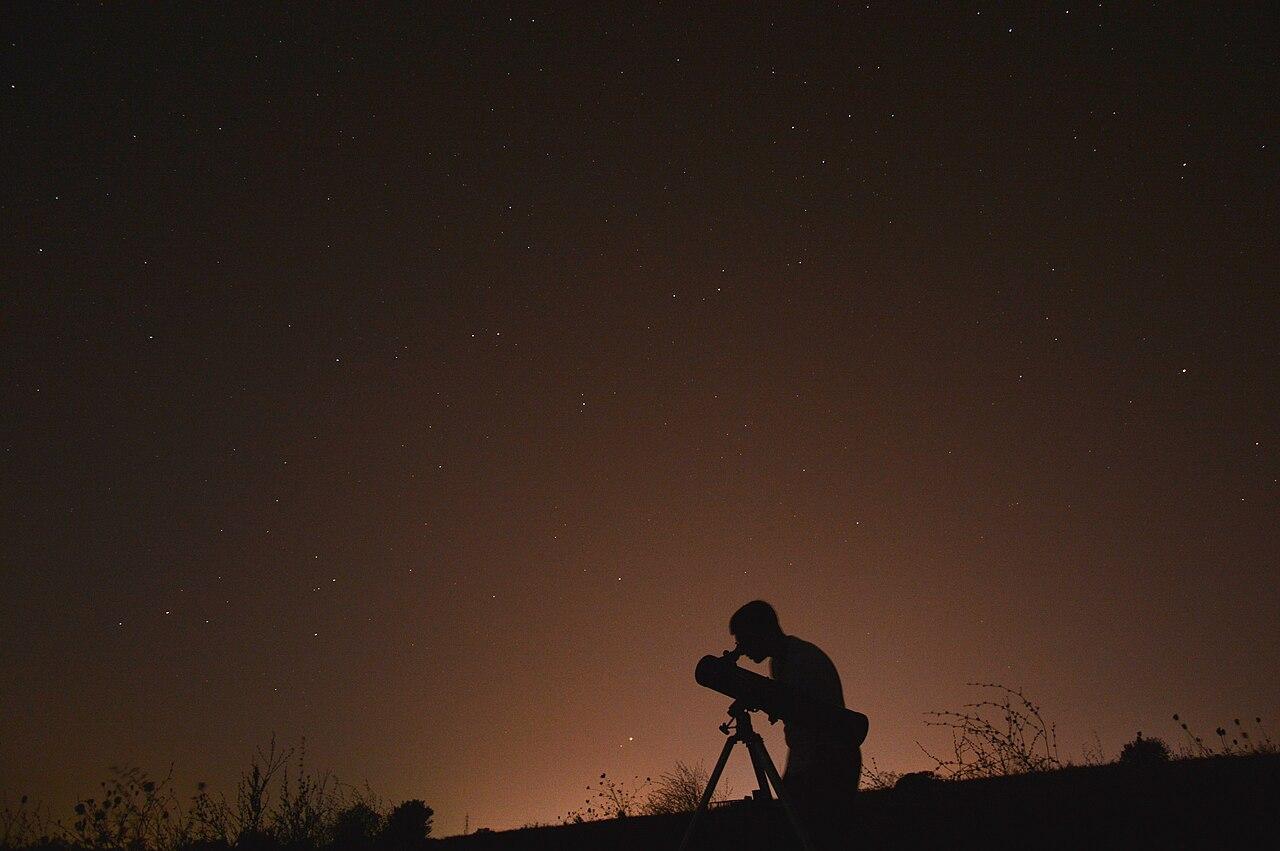
Source: Wikimedia
Croft explains that this represents a major advancement, as we have previously focused only on signals deliberately sent by aliens.
Clues to Alien Life
Technosignatures are indicators of a civilization’s everyday activities. Astrophysicist Prof. Adam Frank emphasizes their importance in his book, The Little Book of Aliens.

Source: Wikimedia
From artificial lighting to atmospheric pollution, these signatures offer new ways to identify intelligent life.
Solar Panels and Alien Civilizations
Astrobiologist Lewis Dartnell suggests that alien civilizations could be detected by their use of solar panels.

Source: Steve Christo - Corbis/Corbis via Getty Images
These panels reflect ultraviolet and infrared radiation, detectable by powerful telescopes. However, this would require extensive observation time.
The Concept of Dyson Spheres
US physicist Freeman Dyson proposes that advanced civilizations might build vast arrays of solar panels around their home stars.
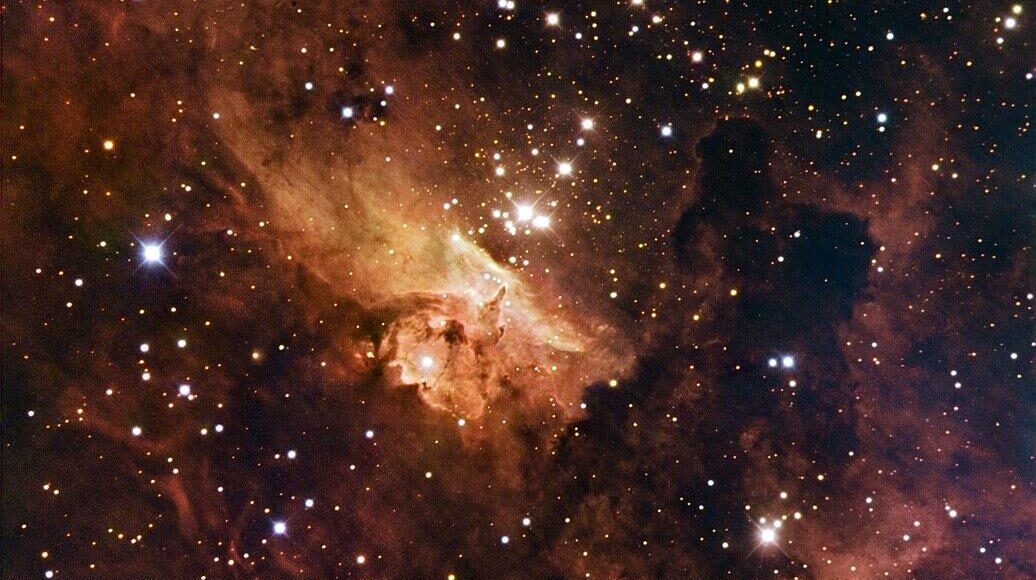
Source: Wikimedia
These Dyson spheres would be detectable from Earth. Boyajian’s star was once considered a candidate, but recent observations ruled out this possibility.
The History of the Search
The search for extraterrestrial life began in 1960 when astronomer Frank Drake used a 26-meter radio telescope to scan the stars.

Source: Wikimedia
Despite decades of effort and increasing technological sophistication, no signals have been detected—yet.
The Future of the Search
With the advent of new telescopes and AI, the future looks promising.
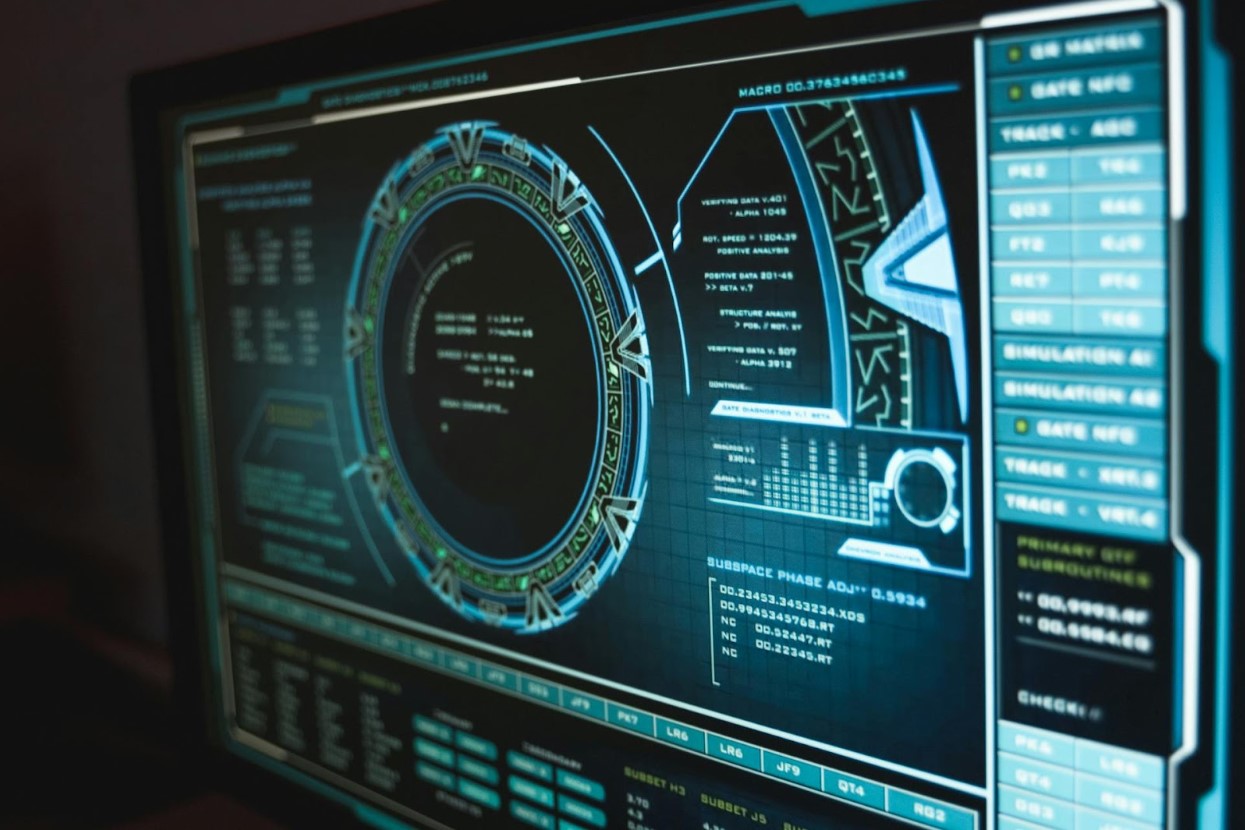
Source: Tima Miroshnichenko/Pexels
Croft remains optimistic, stating, “We know that the conditions for life are everywhere, we know that the ingredients for life are everywhere. It would be deeply weird if we were the only inhabited planet in the galaxy.”
A New Hope
The hunt for alien civilizations has captivated humanity for decades.
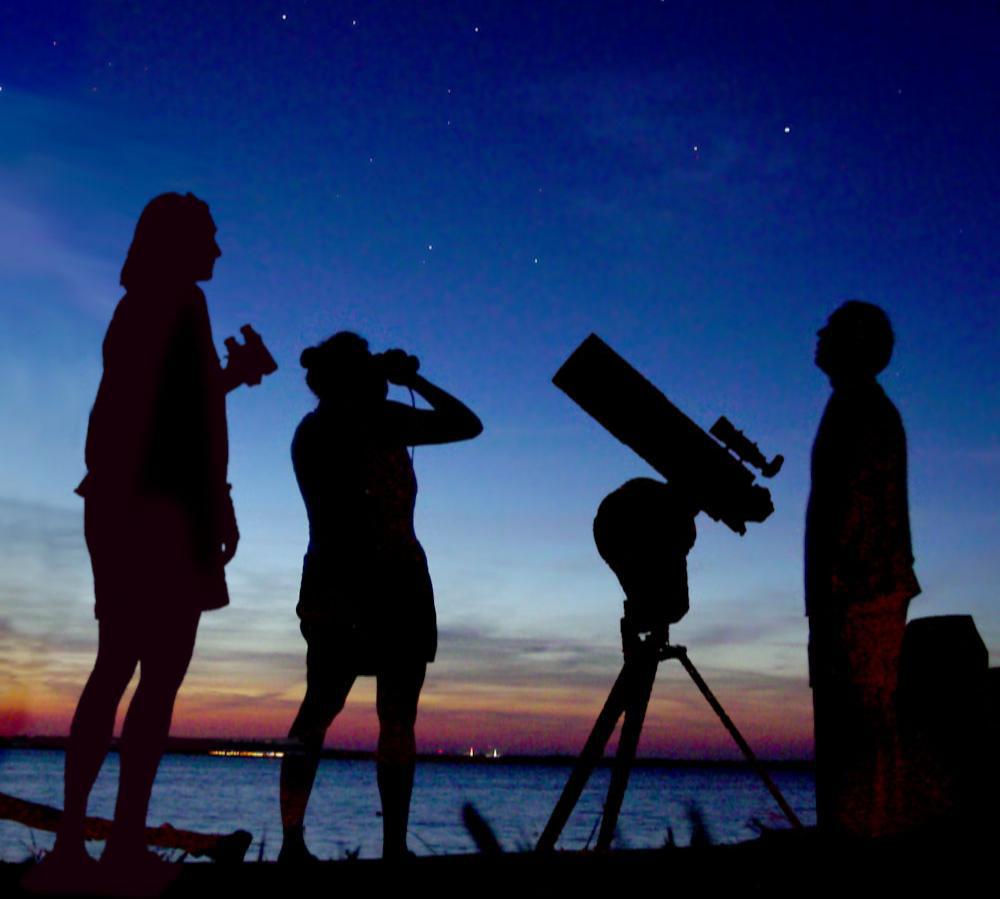
Source: Wikimedia
As new technologies come online, our chances of finding intelligent life are better than ever.
